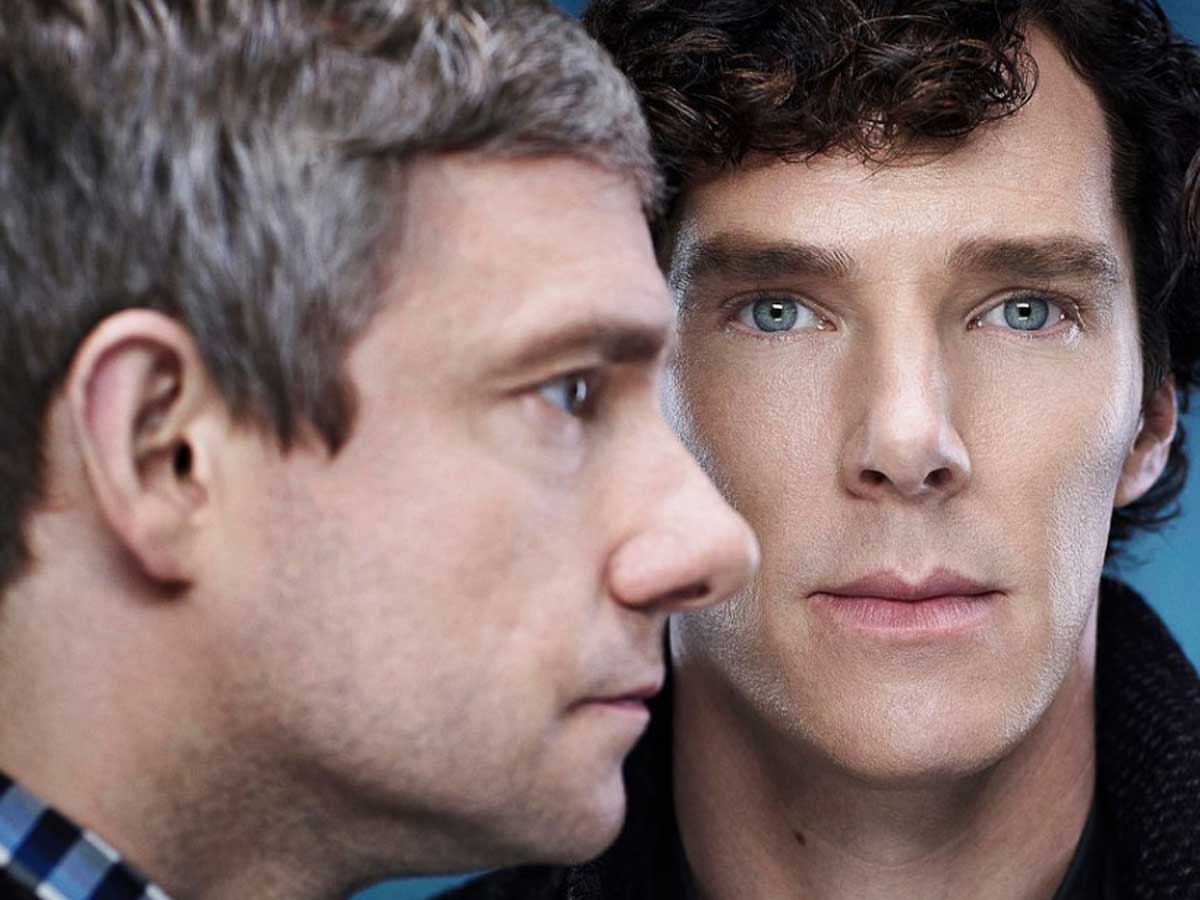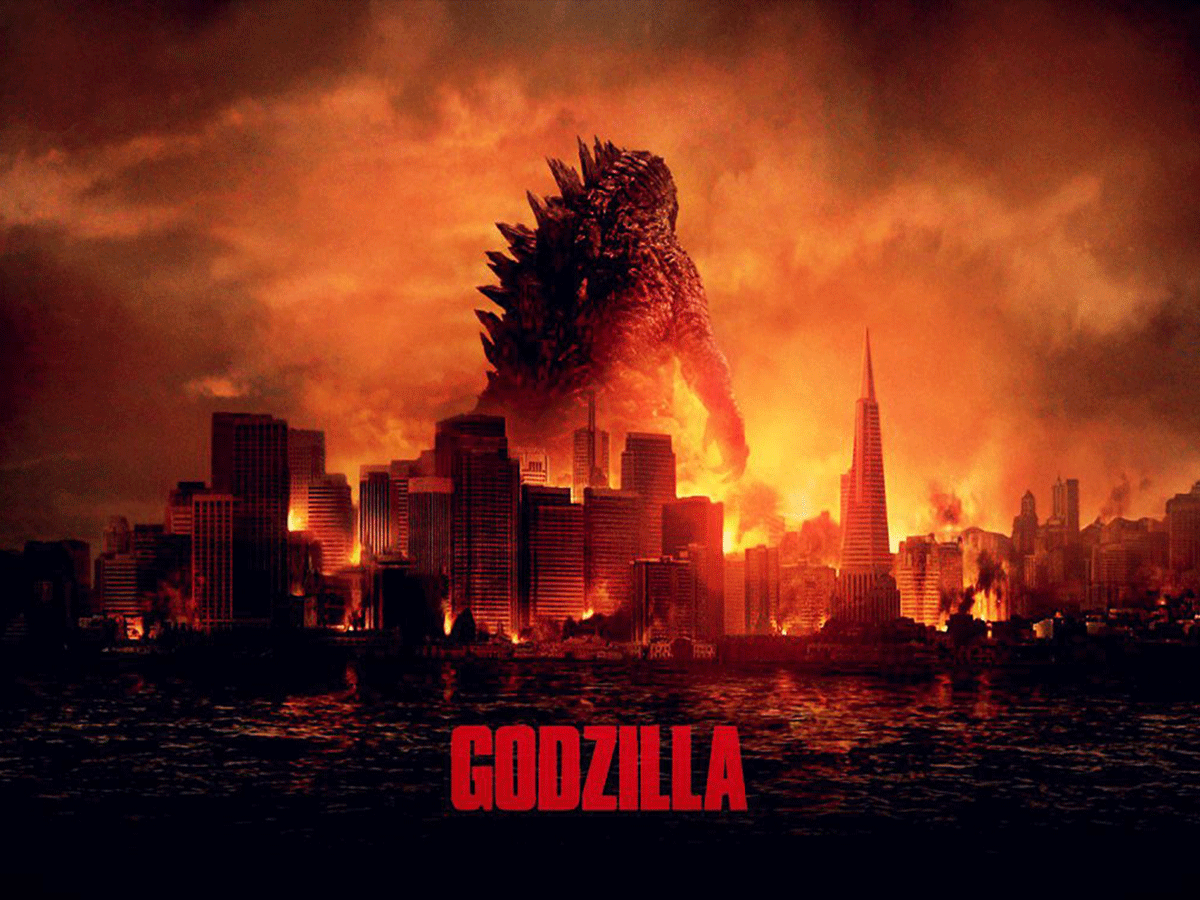Queerbaiting And The Issue Of LGBT Representation In The Media

Uma explores the tricky side of implied LGBT representation and why it’s not enough.
…why is the representation of LGBT people on screen so frequently lacking?
Representation in the media can be fundamentally important in helping members of minority groups feel accepted.
Film and television are supposed to be reflections of the culture and society which we live in. Even in fiction we should attempt to accurately represent life as it is, or as it was, or as it will become – so why is the representation of LGBT people on screen so frequently lacking?
In a 2015 survey into sexual identity in the UK, the Office for National Statistics found that 1.7% of the overall UK population identified as lesbian, gay, or bisexual, with a further 4.1% of those who were asked saying that they were unsure of how to identify themselves. Other groups, such as the charity Stonewall, put the estimate higher at around 5-7% of the population. Logically this would mean that, if film and/or TV are supposed to be representative of the general population, at least 1.7% of all characters who appear on screen should be openly LGB – however, in recent years it has become imminently clear that this fact is still yet to be able to bridge the gap between reality and the screen.
Of the 125 movies released by major US studios in 2016, the media monitoring organisation GLAAD found that only 23 (18.4%) contained characters who identified as lesbian, gay, bisexual, transgender, or queer – an increase of less than 1% from the previous year. This level of representation portrays an inaccurate reflection of our society today, with big media institutions such as Hollywood seemingly terrified of increasing their level of inclusivity beyond what can only be described as the barest of minimums, and in recent years the growing voice of LGBT people has become increasingly vocal in its frustration at such half-hearted efforts. It’s insulting, and often quite disheartening, to be told that you’re only worth the three lines of dialogue and five minutes of screen time that the one LGBT character in a film might have, just because of your sexuality or gender.
Another, much more sinister phenomenon that has been recently emerging in the depiction of LGBT people comes in the form of queerbaiting.
Another, much more sinister phenomenon that has been recently emerging in the depiction of LGBT people comes in the form of queerbaiting. For those who might not know, queerbaiting is the practice of hinting at, but never actually depicting, a potential romantic same-sex romantic relationship between two characters. This relationship is then often ignored, ridiculed, or explicitly rejected by the writers and/or cast of the film, TV show, or novel.
Queerbaiting relies solely on subtext and the subsequent interpretation of it by fans, and as a result, creates the perfect paradox: writers are able to attract an LGBT audience with vague promises of representation, implied by the text and often encouraged by the writer, but will then never actually confirm or explicitly show said representation, reducing the amount of effort that has to be put in on their part.
You may say that I’m blowing this issue out of proportion, but that too, is a part of the problem. Because queerbaiting is based on purely subtextual hints, any evidence of it, no matter how blatant it might seem to the viewer/reader, is often insubstantial and difficult to quantify. This allows writers and cast members to dismiss the anger of LGBT fans as simple overreaction and, as a result, makes any legitimate pleas for better representation easier to ignore.
Queerbaiting is fundamentally wrong. It denies LGBT representation, and not only tells LGBT people that they are not worth the unimaginably miniscule effort of writing in an LGBT character, but also that we, as a group of people, are not important enough for our existence on screen to be considered as anything more than fan-service. Having the only time you see yourself and people like you being shown in the media being when your existence is reduced down to nothing more than a trope can be understandably devastating.
Another by-product that has resulted out of increasing calls for better LGBT representation is implied representation.
Another by-product that has resulted out of increasing calls for better LGBT representation is implied representation. This is where writers will claim that a character is LGBT but never explicitly show this within the TV show, film, or novel. This is a method which has been employed by many creators of famous franchises, and it allows them to insert that token bit of representation which makes them look good, without ever actually providing said representation explicitly; moreover most of the characters for which this is true are side characters, with their small role in the plotline making it easier to impose narratives on their character which would not have made sense if they had been more fully developed. Not only does this result in LGBT characters, once again, being shoved into the background – and often killed off for shock value – it raises the question: is this kind of representation good enough?
In my opinion, the short answer to this question is no. Whilst any representation of non-heteronormative characters is a good start, this way of representing us can’t be allowed to become the norm – we deserve to be explicitly shown in the media as much as anyone else does. We need better representation and we need to be shown that not all LGBT characters have to remain in the closet, because what kind of a message is that sending to those young people out there who are currently questioning their sexuality? We deserve to be able to be out and proud of our sexuality and/or gender, and if the media is not currently representing that, then it needs to change.
We need better representation and we need to be shown that not all LGBT characters have to remain in the closet…
Worst still, unfortunately, when there is explicit LGBT representation the characters’ actions and personalities are often largely based on stereotypical views. Gay men are depicted as flamboyant and feminine; lesbians are made butch and manly; bisexual people “don’t like to label themselves” and flit between meaningless relationships; and transgender people, if represented at all, are shoved into supporting roles where they are expected to be hyper-feminine or hyper-masculine, as if they have to prove that they truly “belong” to the gender that they identify with. These depictions of LGBT people – whilst they may tick that little box of representation – are, for the most part, completely unrealistic, and often do more damage than good.
As someone who is bisexual I personally struggled to reconcile my own sexuality with what few depictions I had seen of it represented on TV, and I believe that this is a struggle faced by many of people as they begin to question their sexuality or gender. Any tentative forays into the world of sexual orientation are shot down because the media has ingrained into our brains that to be a certain sexuality we have to fit a certain personality type, and because of this many people, who don’t necessarily fit that stereotype, therefore feel that they ‘aren’t gay/bisexual/insert-gender-here enough?’ to be allowed to identify as such. And whilst yes, there are people who do fit those stereotypes, if we want conclusive inclusivity in the representation of LGBT people in the media it needs to go further than just that.
Because when it comes down to it, we are just people. There is nothing fundamentally different about us other than who we like, and/or what gender we chose to identify with, and the media needs to represent that. It needs to represent us. Now more than ever, LGBT people are out and proud and a visible part of society, and in denying that the media is only showing its own refusal to be dragged forwards into the 21st century.
However, things are slowly beginning to change. Big franchises are starting to recognise our existence, and creators are integrating characters who are both LGBT and significant to the plot; but, as ever, there is still a long way to go. Whilst the representation of LGB characters is improving, it is only recently that non-cis gender identities have seen any depiction on screen at all, and for asexual and aromantic people the number of characters explicitly representing their sexuality in mainstream TV right now could probably be counted on one hand.
But as long as we are here, we will keep fighting. We exist and we deserve to be shown in the media as much as anyone else.
If you’re looking for a support group in Bristol, check out the LGBT Health Forum

About Rife





